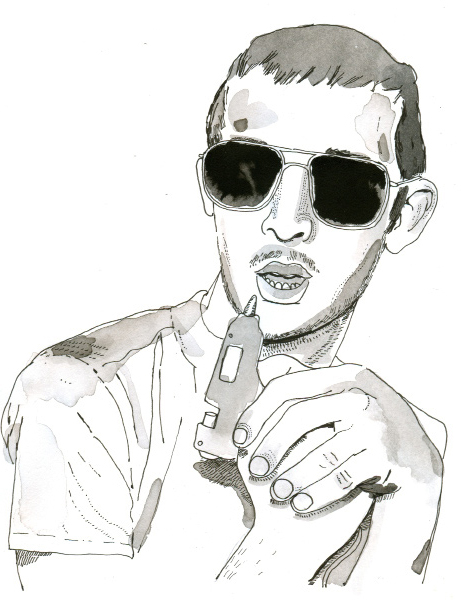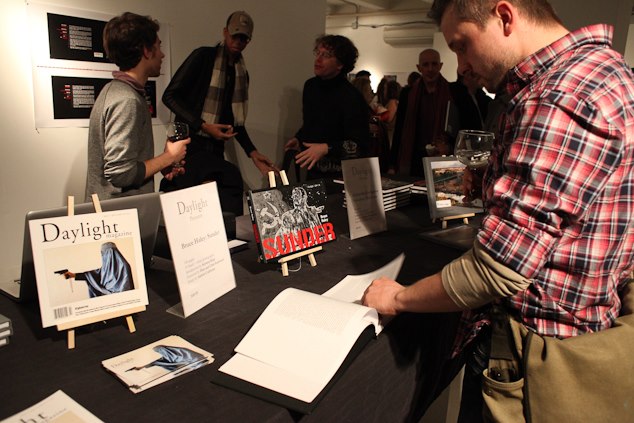 Michael Itkoff is cofounder and editor of Daylight, a non-profit organization dedicated to publishing art and photography books. He is also the 2006 winner of the Howard Chapnick Grant.
Michael Itkoff is cofounder and editor of Daylight, a non-profit organization dedicated to publishing art and photography books. He is also the 2006 winner of the Howard Chapnick Grant.
Michael and his partner Taj Forer founded an organization dedicated to a print product in 2003, when the industry was already moving to digital. In this interview, he discusses the growth and adaptation of Daylight in the evolving digital landscape and how winning the Howard Chapnick Grant helped him reach his goals.
Interview with Michael Itkoff
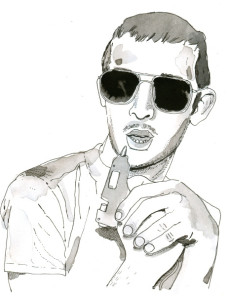 What led you to create Daylight back in 2003?
What led you to create Daylight back in 2003?
Taj Forer and I founded Daylight in part because we felt that our specific area of interest—photo-based work existing somewhere between the documentary mode and that of fine art—was not being properly addressed by the industry.
We set up Daylight as a platform for more subjective, personally experienced truths that were realized through photography.
You founded an organization dedicated to publishing art and photography books in 2003, when the industry was already moving to digital. How has Daylight worked within the massive shift in art and photography publishing over the last decade?
Although only 10 years ago 2003 is ancient history in the context of the print/digital shift. In those days it was not yet obvious that a sea change was on the horizon. In fact, it took us over a year after publishing our first edition to develop a proper online presence as we were so committed to the physical object.
Since that time we have anticipated and embraced the continued shift toward digital formats with our multimedia program and newly launched iPad publishing program.
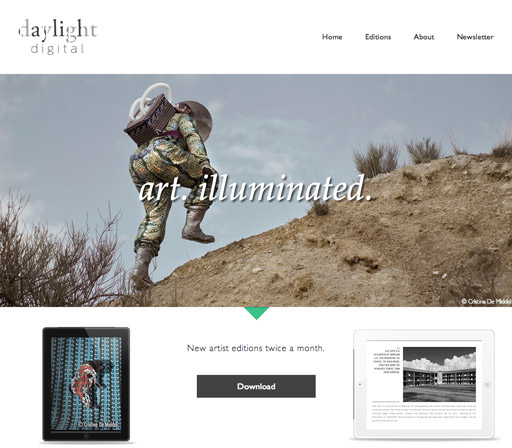
Tell us more about your multimedia program. Is it integrated with your books program?
The multimedia program highlights the work of an individual artist and presents a portfolio-based slideshow of work along with the artists narration and a curated musical selection. We feature artists from the Daylight Photo Awards as well as from our books program in addition to artists from outside the fold.
We have been producing multimedia as a separate initiative since 2007. To date we have over 50 features available for free.
Now that you are producing both digital and physical products, do you find your audience shifting in one direction or the other?
It is too early to tell. I believe our core audience shares our commitment to print as well as our interest in experiencing work within the digital space.
“Jeff Jacobson: The Last Roll” is Daylight’s most recent multimedia project. They now have more than 50 features available for free.
You were awarded the Howard Chapnick Grant in 2006. How did you use the grant and what has it meant for you personally?
The grant proceeds went straight into publication of Issue #5 of Daylight Magazine. Our goal at that time was to remain in print and the Chapnick grant certainly helped offset the cost of our fifth edition!
It was also a benchmark for Daylight as it signaled public acceptance and industry recognition. I am still proud to have received the award.
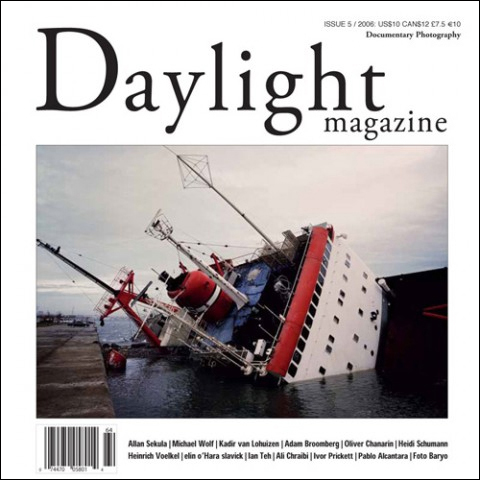
Daylight runs an award program of its own. When did you start running it? And who does it seek to award?
We launched the Daylight Photo Awards in 2010 along with the Center for Documentary Studies, but have since proceeded to offer the awards on our own.
The DPA offers $1,000, a solo show and a multimedia feature to an artist with a developed body of work in order to showcase it and aid in its development.
About the Howard Chapnick Grant
In 1996 the W. Eugene Smith Memorial Fund announced a new award, the Howard Chapnick Grant, to encourage and support leadership in fields ancillary to photojournalism, such as editing research, education and management.
The Grant was established to honor the memory of Howard Chapnick, and acknowledge the value of his enormous contribution to photography.
The annual $5,000 grant may be used to finance any of a range of qualified undertakings, which might include a program of further education, research, a special long-term sabbatical project, or an internship to work with a noteworthy group or individual.
According to the Fund’s Board of Trustees, special consideration will be given to projects that promote social change and/or serve significant concerns of photojournalism. The grant is not intended to be used for the production of photographs, which will continue to be funded by the main grant of the Smith Fund.
Applications are due May 31, 2013. Learn more and apply at http://smithfund.org/howard-chapnick-grant.

